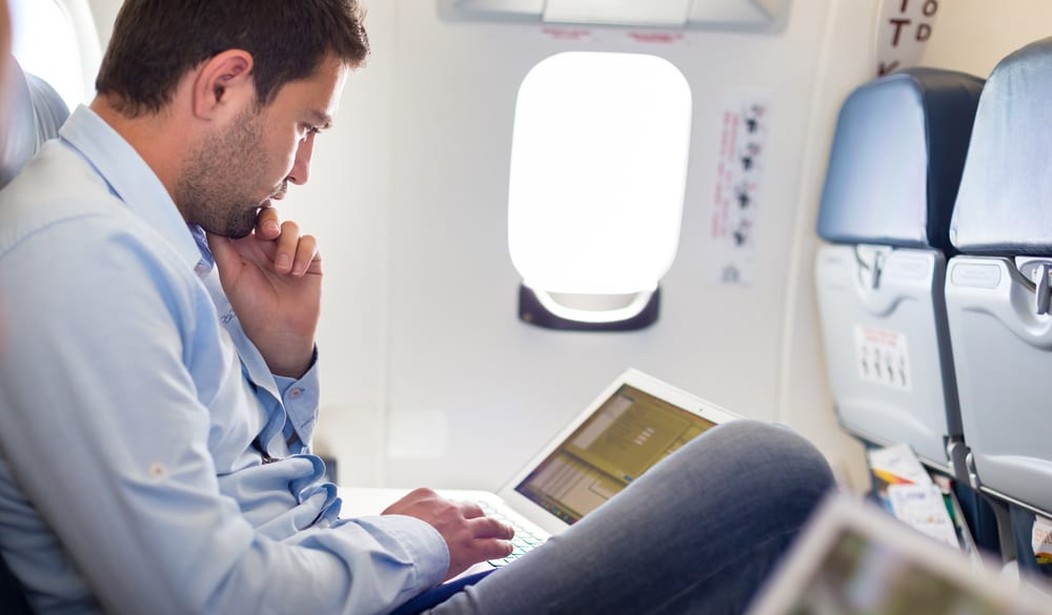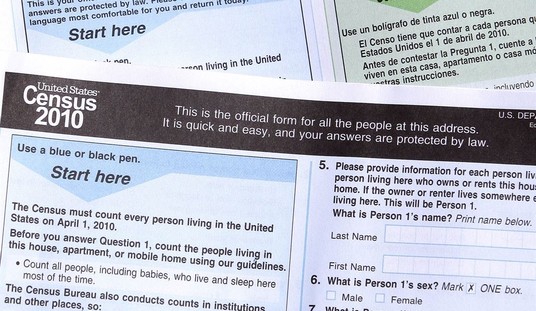If you’re a business traveler, you’ll want to take note of an expected new ban on electronics on some international flights, because it will have a big effect on how you’ll do your work. It appears we’re days away from the banning of most electronics in the cabins on flights to the U.S. originating in 50 cities in Europe. That’s about 400 flights a day.
The ban will require you to check your computer in baggage, along will your iPads, eReaders, cameras, DVD players, and game devices. All electronics larger than a cellphone will be prohibited from being carried onboard.
The Department of Homeland Security is planning on extending this ban that now exists on flights from 10 countries in the Mideast and North Africa to the European Union because of concerns that terrorists have the capability to build bombs into laptops.
The ban is facing opposition from the airlines and tourist industry because of the impact it will have on people traveling internationally, particularly tourists visiting the U.S. But there’s no sign that Homeland Security will relent, in spite of the fact that more than 14.5 million travelers visit the U.S. from Europe each year — 40% of all overseas visitors to America, according to research firm Euromonitor. Visitors from Europe spend between $3,000 to $4,000 per visit, according to the U.S. Travel Association, with visitors from Britain, Germany, and France alone spending $31 billion each year on tourism and airfares to the U.S.
And while this new law is intended to make us safer, it flies in the face of an existing regulation that prohibits lithium batteries from being checked in baggage, due to their propensity to suddenly ignite (think Samsung Note 7). In 2016 there were 33 incidents of devices catching fire in the cabin, including three laptops and two tablets. Now they’ll be in the cargo hold, where experts say fire suppression systems are not effective on these fires.
With travelers required to put their electronics in checked baggage, the danger is increased many times over, since a fire will be hard to detect and impossible to extinguish. Homeland Security has not explained this disparity, but apparently they deem this to be less of a danger than carrying your electronics on board.
Checking your computer in your baggage requires a leap of faith in mankind that it won’t be stolen or damaged, considering all the workers who will be handling and inspecting luggage and knowing that most of the luggage now contains valuable electronics.
While some travelers may just choose to leave their computers at home, that’s not practical for a business traveler who needs his notebook for his work each day during his trip.
Fortunately, the tech industry has a solution in waiting: Chromebooks. They offer an inexpensive substitute for your laptop and losing one would be less catastrophic.
A Chromebook works much like a notebook, with some models costing less than the change fee for your ticket. With some priced at under $130, you can maintain peace of mind when checking it, as the consequences are much less than if your notebook was lost.
Chromebooks are designed to take abuse better than expensive notebooks because their target customers are students. Most are ruggedized with spill-proof keyboards, heavier enclosures, and break-resistant screens, and they don’t have hard drives that easily fail. So while Chromebooks have become the mainstay in education, with this new regulation, they’ll likely become our first disposable or burner computers.
Chromebooks have slower processors, less memory, and lower-quality displays. But they have full-size keyboards, WiFi, and an operating system built around a Chrome browser, called ChromeOS.
They require that most of your work be done online, where you have access to Google Docs, a free Office-like suite of software, online storage, and everything else that you need. With few files on your computer, losing it would do minimal damage since everything is in the cloud.
In preparation for using a Chromebook, start saving your files on a cloud storage service, offered by Google, Apple, and Microsoft. That will let you access all of your files anywhere on your Chromebook.
Chromebooks are available from most of the notebook companies, including HP, Dell, Acer, and Lenovo.
Here are a few examples of the most suitable models for dealing with this new ban. These are the least expensive, yet suitable for serious work. You can save even more by buying a discontinued model. When searching, pay less attention to the ratings, which tend to give higher marks to those with faster processors, touch screens, and lighter weight—features that are less important for this purpose. For your “burner laptop” you want low price, adequate performance, and a reliable manufacturer.
Lenovo N23 Chromebook – About $220 at CDW
This is a ruggedly built model with an 11.6” display and is designed for student abuse, so it should survive in checked luggage. It weighs less than 3 pounds and has a built-in carry handle. You can buy its predecessor, the N22, for $177 at Amazon or a similar model for $130 at Jet.com. Also check out the closeouts at the Lenovo Outlet.
Chromebook 3180 Education – About $220 from Dell
This 2.8 pound Chromebook is also a model designed to survive in a backpack and has a fully sealed keyboard and touchpad to provide what Dell calls the industry’s best spill protection for a student laptop. It weighs under three pounds with a compact 11.6″ display.
HP Chromebook 11 – $150 from jet.com and $190 from Amazon
This is one of the more stylish models that has good reliability based on reviews. It is a little heavier than some at 4.4 pounds.









Join the conversation as a VIP Member